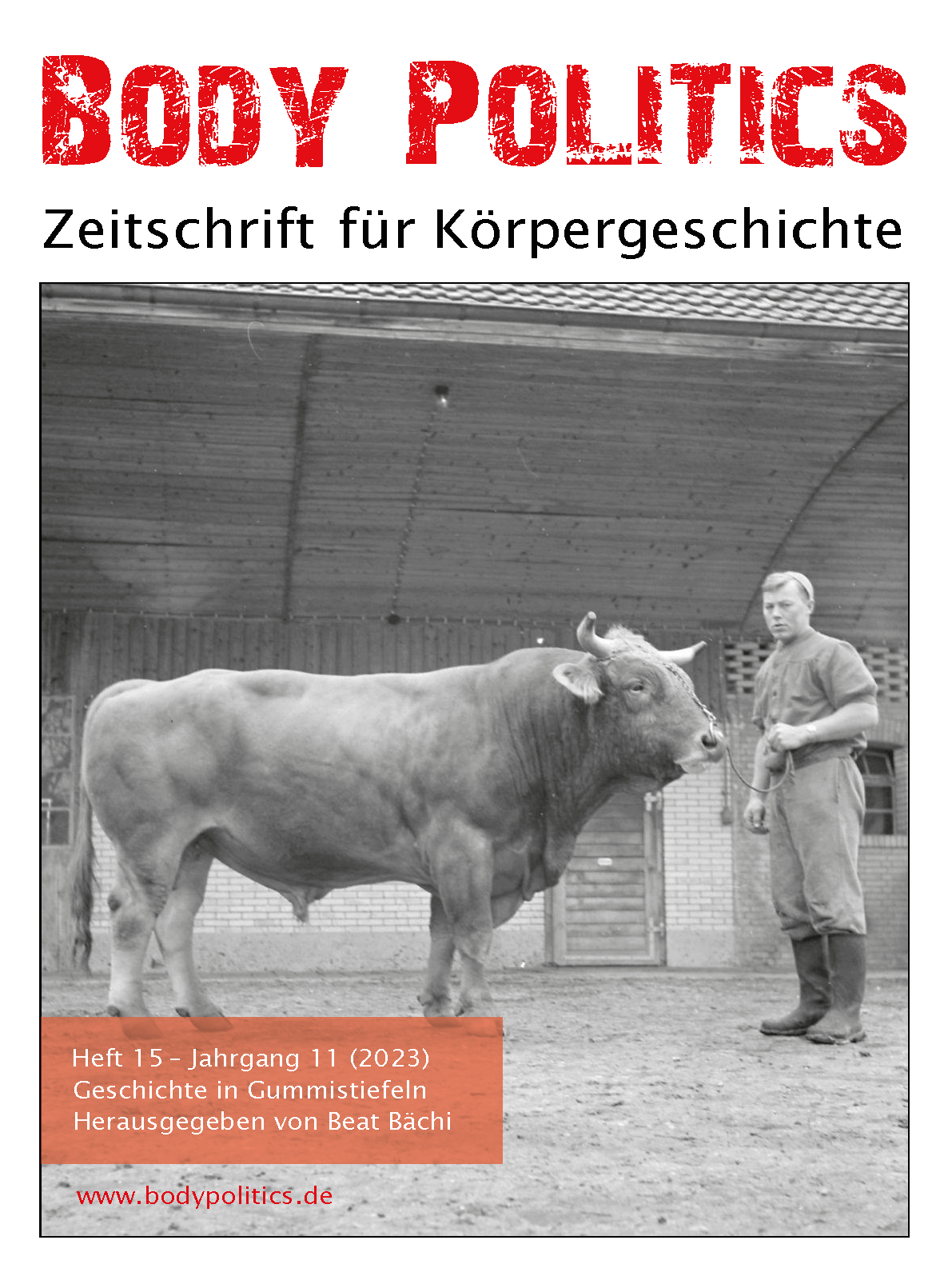Nutztiere im Anthropozän
Zur Produktion von Gesundheit und Krankheit im Schweinestall
DOI:
https://doi.org/10.12685/bp.v11i15.1548Abstract
English abstract: Since the seemingly uniform massification and industrialisation of livestock affected the different animal species quite differently, this perspective section takes a look into the Swiss pigsties. First it tries to understand why farmers began in the 1950s to feed antimicrobial growth promoters to their pigs and how these new substances transformed the metabolism of the pigs. With the massification of pig production, new diseases were then produced in the barn, the so-called production diseases. When looking at new ways to sanitize entire pig herds by different methods it becomes apparent that indoor pig housing was by no means inevitable. Besides the dream of a germ-free life, this had to do with new ideas of naturalness, healthy farming systems, hygiene, and productive living. Especially through the re-breeding from fat pigs to modern meat pigs, stress manifested itself not only in the social coexistence of the pigs, but also in their insides, in their muscles and in their behaviour. While the pig health service long believed that it had the disease situation somewhat under control in view of the diseases narrowed down to stable epidemics, the stable epidemics then expanded again into area epidemics in the 1980s. But not only the new epidemics became a relevant problem, but the conversion of the pigs' excreta from valuable soil food to waste also created new environmental problems. In a summarising perspective, it is shown at the end to what extent the pigs' bodies had changed in a very concrete way and what they can tell us about collective human-animal transformation processes.
Downloads
Veröffentlicht
Ausgabe
Rubrik
Lizenz

Dieses Werk steht unter einer Creative Commons Namensnennung - Nicht-kommerziell - Keine Bearbeitung 3.0 International -Lizenz.


